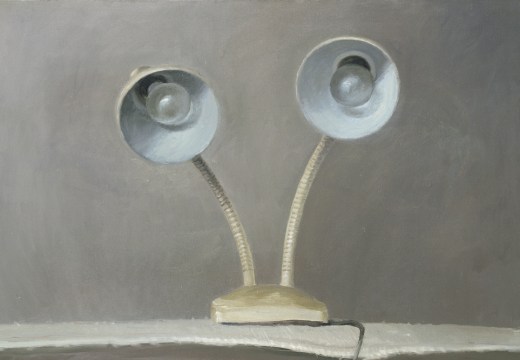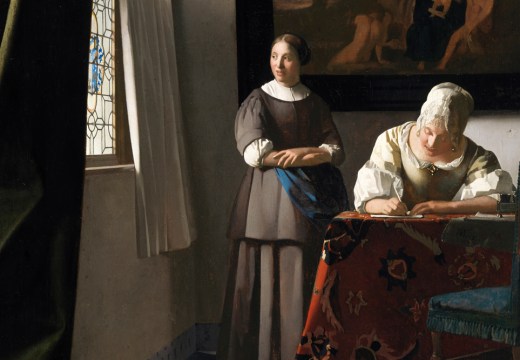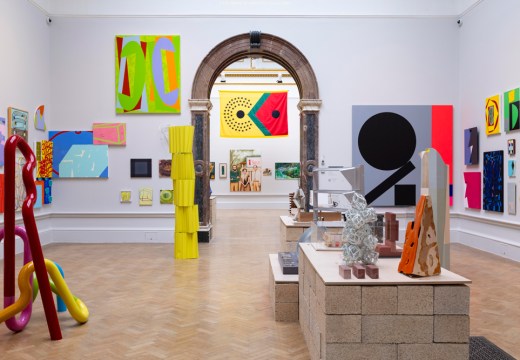The legend of the sack of Troy has inspired artists for two and a half millennia, as the vase paintings and sculpture in this show attest. With loans from Berlin of objects excavated by Heinrich Schliemann in the 19th century, the exhibition also looks at the archaeological evidence of the city behind the stories. Find out more from the British Museum’s website.
Preview the exhibition below | View Apollo’s Art Diary here

Amphora (c. 530BC), Athens. Photo: © The Trustees of the British Museum
On this amphora is painted a scene from Homer’s Iliad, in which the Greek hero Achilles slays the Amazonian queen Penthesilea, who had sided with King Priam during the Trojan War. It is thought that Homer’s epic account of this war was composed in the eighth century BC – around 300–400 years after the events it describes – and ever since the poem has been a touchstone for artists.

The Wounded Achilles (1825), Filippo Albacini. Photo: © The Devonshire Collections, Chatsworth. Reproduced by permission of Chatsworth Settlement Trustees
This gilded arrow in this marble sculpture of Achilles wounded through his heel, by Filippo Albacini, has been restored for this exhibition. The pathos with which the muscular Achilles is presented at this fatal moment demonstrates how the influence of classical depictions of Trojan myth from Greece and Rome continued to exert a strong hold on European artists of Albacini’s day.

Terracotta pot (c. 2550–1750 BC), Troy. Photo: Claudia Plamp; © Staatliche Museen zu Berlin, Museum für Vor- und Frühgeschichte
In the 1870s the German archaeologist Heinrich Schliemann unearthed the remains of an ancient civilisation in modern-day Turkey, believed to be the real setting for the Homeric legend. The discovery has changed how Troy has been perceived by artists and archaeologists ever since. With objects such as this terracotta pot, the exhibition looks beyond the classical myths of Troy to the real Bronze Age society that Homer might have described.

Judgement of Paris (after Rubens) (2007), Eleanor Antin. Courtesy Ronald Feldman Fine Arts, New York
Eleanor Antin’s tableau vivant is based on a famous painting by Peter Paul Rubens showing the Judgement of Paris – the moment when, according to Homer, the Trojan prince Paris first sowed discord among the gods on Olympus, setting in motion the events that led to ten years of war between the Greeks and the Trojans. Through her witty choice of costumes, Antin suggests that, though we no longer believe in archetypal gods and goddesses, certain modern stereotypes might not be so very different from the ancient past – Athena, goddess of war, morphs into the Tomb Raider while Hera, goddess of marriage and birth, is represented as a ’50s housewife.











![Masterpiece [Re]discovery 2022. Photo: Ben Fisher Photography, courtesy of Masterpiece London](https://apollo-magazine.com/wp-content/uploads/2022/07/MPL2022_4263.jpg)
‘A revolutionary flame burned bright within him’: David Bindman (1940–2025)